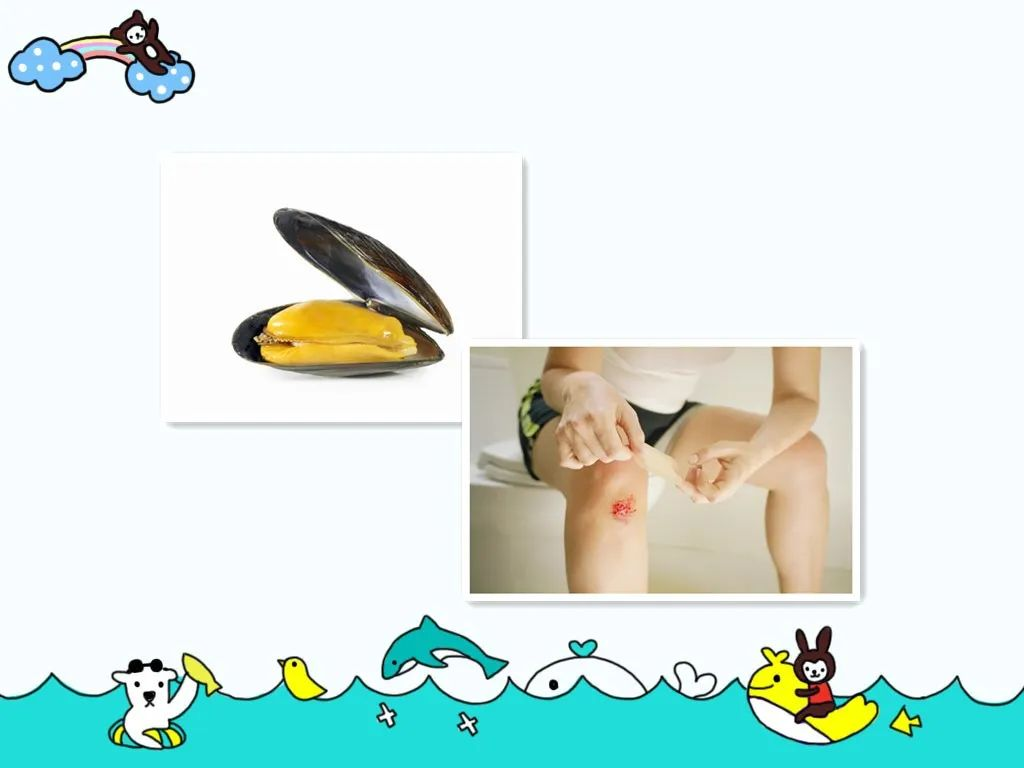Innovative Medical Dressing Derived from Mussels
Inspired by the super adhesion of sea mussels in humid environments, researchers from Jiangnan University developed a kind of antibacterial hydrogel wound dressing with adhesive and antioxidant activity, which is desirable for the clinical care of skin injuries. A series of multifunctional hydrogel wound dressings with high adhesive, self-healing, antioxidant, and antibacterial activity have been designed and fabricated using dopamine (DA) and quercetin (QT).

Mussel-inspired multifunctional hydrogel for wound healing.
The multifunctional hydrogels were constructed by the interpenetrated quaternized chitosan chain segments and polyacrylamide network. The catechol groups on DA, QT, and the quaternary ammonium groups in the hydrogel system endow hydrogels with high strength, excellent adhesion and self-healing ability.
The study findings showed that the multifunction hydrogels exhibited excellent compatibility with blood and exhibited significant antibacterial effects against Staphylococcus aureus and Escherichia coli. Consequently, multifunction hydrogels with satisfactory adhesive and antibacterial activity are appropriate alternative materials in the fields of tissue adhesive and wound dressing applications.
Hydrogels are polymer materials with three-dimensional network structures, which are crosslinked by natural polymers or synthetic polymers, and have good flexibility and biocompatibility.
Hydrogel-based dressings exhibit excellent liquid absorption properties, creating a moist environment that supports tissue regeneration and accelerates wound healing. Moreover, they have been shown to effectively prevent scar formation.
In addition, the hydrogel can be firmly attached to the skin surface and is easy to remove. Thus, there is no residue on the skin surface when uncovering. Meanwhile, it can withstand external extrusion, friction, which is suitable for various positions of wound dressing.


